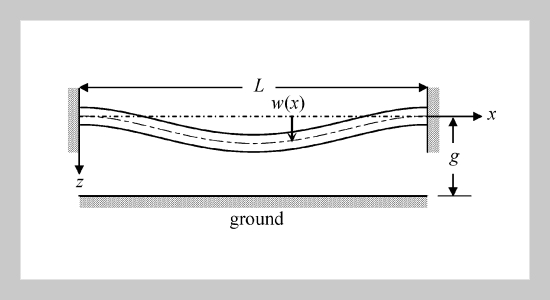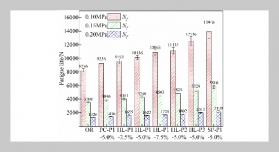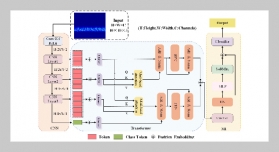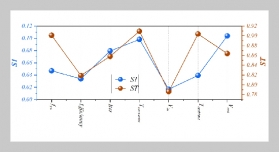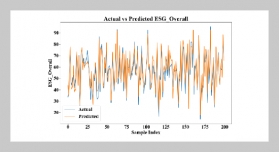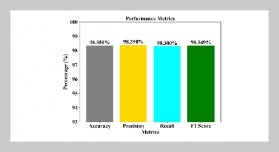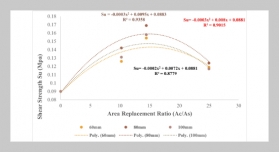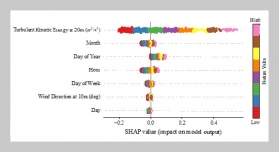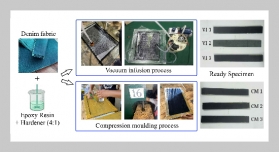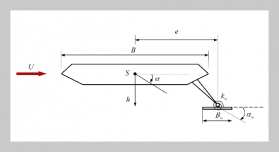REFERENCES
- [1] Osterberg, P. M. and Senturia, S. D., “M-TEST: A Test Chip for MEMS Material Property Measurement Using Electrostatically Actuated Test Structures,” Journal of Microelectromechanical Systems, Vol. 6, pp. 107�118 (1997).
- [2] Gupta, R. K., “Electrostatic Pull-in Test Structures Design for in-situ Mechanical Property Measurement of Microelectromechanical Systems (MEMS),” Ph.D. Dissertation, MIT, MA, USA (1997).
- [3] Hu, Y. C., Chang, C. M. and Huang, S. C., “Some Design Considerations on the Electrostatically Actuated Microstructures,” Sensors and Actuators A: Physical Vol. 112, pp. 155�161 (2004).
- [4] Hu, Y. C., Wang, Y. H. and Huang, S. C., “On the Dynamic and Stability Analysis of Electrostatically Actuated Microstructures,” Proceedings of the 1st International Symposium on Micro & Nano Technology (ISMNT-1), Honolulu, Hawaii, Vol. III-2-01 (2004).
- [5] Hu, Y. C. and Tu, W. H., “Non-Linear and Linearized Algorithms for the Young’s Modulus Extraction of Thin Films through the C-V measurement of Microstructures,” Journal of Applied Physics, Vol. 98, p. 104504 (2005).
- [6] Osterberg, P., Yie, H., Cai, X., White, J. and Senturia, S. D., “Self-Consistent Simulation and Modeling of Electrostatically Deformed Diaphragms,” Proceedings of the IEEE MEMS’94 Workshop, Osio, Japan, pp. 28� 32 (1994).
- [7] Pamidighantam, S., Puers, R., Baert, K. and Tilmans, H. A. C., “Pull-in Voltage Analysis of Electrostatically Actuated Beam Structures with Fixed-Fixed and FixedFree End Conditions,” Journal of Micromechanics and Microengineering, Vol. 12, pp. 458�464 (2002).
- [8] Cheng, J., Zhe, J. and Wu, X., “Analytical and Finite Element Model Pull-in Study of Rigid and Deformable Electrostatic Microactuators,” Journal of Micromechanics and Microengineering, Vol. 14, pp. 57�68 (2004).
- [9] Chowdhery, S., Ahmadi, M. and Miller, W. C., “A Closed-Form Model for the Pull-in Voltage of Electrostatically Actuated Cantilever Beams,” Journal of Micromechanics and Microengineering, Vol. 15, pp. 756�763 (2005).
- [10] Lin, H. H., Chu, C. H., Chang, C. L. and Chang, P. Z., “Mechanical Behavior of RF MEMS,” Proceedings of the Second International Symposium on Acoustic Wave Devices for Future Mobile Communication Systems, Chiba University, Japan, pp. 121�125 (2004).
- [11] Petersen, K. E., “Dynamic Micromechanics on Silicon Techniques and Devices,” IEEE Transactions on Electron Devices, Vol. ED-25, pp. 1241�1250 (1978).
- [12] Wei, L. C., Mohammad, A. B. and Kassim, N. M., “Analytical Modeling for Determination of Pull-in Voltage for an Electrostatic Actuated MEMS Cantilever Beam,” Proceedings of the IEEE ISCE 2002, Orlando, Florida, USA, pp. 233�238 (2002).
- [13] Legtenberg, R., Gilbert, J., Senturia, S. D. and Elwenspoek, M., “Electrostatic Curved Electrode Actuators,” Journal of Microelectromechanical Systems, Vol. 6, pp. 257�265 (1997).
- [14] Lee, B. C. and Kim, E. S., “Analysis of Partly Corrugated Rectangular Diaphragms Using the RayleighRitz Method,” Journal of Microelectromechanical Systems, Vol. 9, pp. 399�406 (2000).
- [15] Chen, J., Kang, S. M., Zou, J. and Liu, C., “Reducedorder Modeling of Weakly Nonlinear MEMS Devices with Taylor-series Expansion and Arnoldi Approach,” Journal of Microelecrtomechanical Systems, Vol. 13, pp. 441�451 (2004).
- [16] Leus, V. and Elata, D., Fringing Field Effect in Electrostatic Actuators, Israel Institute of Technology, Technical Report ETR-2004-2 (2004).


